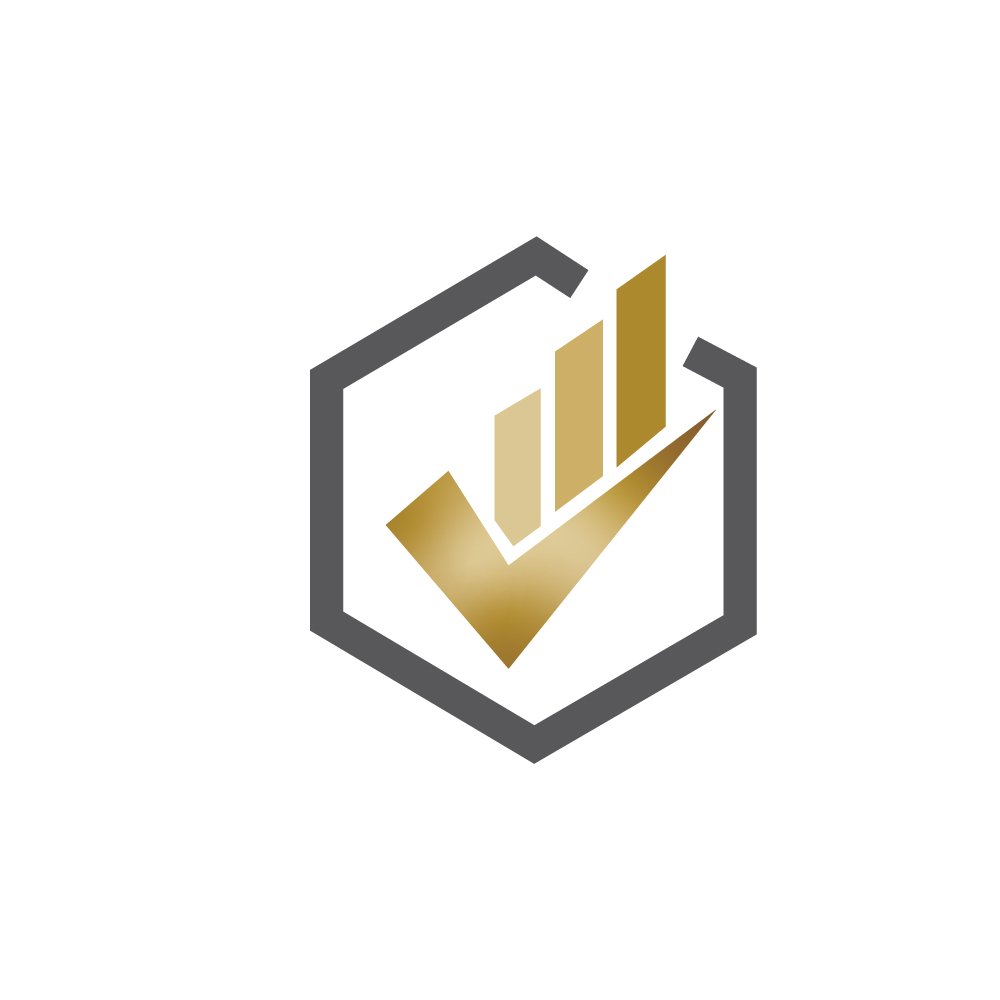Understanding the Income Statement
Running a business in Nigeria takes grit, passion, and hard work. You’re juggling sales, managing staff, dealing with suppliers, and keeping customers happy. It’s easy to feel like the numbers side – the financial statements – is a confusing chore best left to accountants.
But what if we told you those statements aren’t just for tax time or potential investors? What if they are your business’s most important report card and a powerful tool for making smarter decisions?
Understanding your financial statements is crucial for sustainable growth, securing funding, and simply knowing if your business is truly healthy. Let’s break down the three main ones in simple terms.
Think of your business like a vehicle.
- The Income Statement tells you if the engine is producing power (profit).
- The Balance Sheet is like a snapshot of the vehicle’s condition at a specific moment – its assets, what it owes, and its overall value.
- The Cash Flow Statement shows you how fuel is moving in and out of the tank.
Let’s take a closer look.
1. The Income Statement (Also Known as Profit or Loss – P&L)
What it is: This statement shows your business’s revenues, expenses, and profits over a specific period (e.g., a month, quarter, or year). It answers the fundamental question: Did you make a profit?
Key Components (Simplified):
- Revenue (or Sales): All the money your business earned from selling its goods or services during the period. Think of this as the total money that came in from your core business activity.
- Cost of Goods Sold (COGS): The direct costs associated with producing the goods or services you sold. If you sell products, this is the cost of buying or making those products. If you provide services, it might be the direct cost of delivering that service.
- Gross Profit: This is Revenue minus COGS. It tells you how much money is left after paying for the goods or services themselves, before considering your general running costs.
- Operating Expenses: All the costs of running your business that are not directly tied to producing goods/services. This includes rent, salaries, utilities, marketing, transport, administrative costs, etc.
- Net Profit (or Net Loss): This is what’s left after deducting all your expenses (including COGS and Operating Expenses, taxes, interest) from your revenue. This is your business’s bottom line.
What it Reveals About Your Business’s Health:
- Profitability: Is your core business model working? Are you making more money than you’re spending?
- Expense Management: Are your operating costs too high relative to your revenue?
- Sales Performance: Is your revenue growing over time?
For the Nigerian SME: Your Income Statement is crucial for seeing if your hustle is translating into actual profit. It helps you identify if a particular product or service is more profitable than others, and where your major costs are draining your earnings.
2. The Balance Sheet
What it is: This statement provides a snapshot of your business’s financial position at a specific point in time (e.g., December 31st). It shows what your business owns (Assets), what it owes to others (Liabilities), and the owner’s stake (Equity).
The Fundamental Equation: The Balance Sheet always balances because of this equation:
Assets = Liabilities + Equity
Key Components (Simplified):
- Assets: Everything your business owns that has value.
- Current Assets: Things you can convert to cash within one year (e.g., Cash in hand/bank, money owed to you by customers – Receivables, Inventory – stock).
- Non-Current (or Fixed) Assets: Things your business owns for long-term use (e.g., Land, Buildings, Equipment, Vehicles, Furniture).
- Liabilities: Everything your business owes to others.
- Current Liabilities: Money owed that is due within one year (e.g., Money owed to suppliers – Payables, short-term loans, salaries owed).
- Non-Current (or Long-Term) Liabilities: Money owed that is due in more than one year (e.g., Bank loans, mortgages).
- Equity: The owner’s stake in the business. This represents the initial investment made by the owner(s) plus any profits retained in the business (not withdrawn). It’s essentially the net worth of the business to the owners.
What it Reveals About Your Business’s Health:
- Financial Structure: How is your business financed? Mostly by debt or by owner’s investment/retained profits?
- Liquidity: Can your business meet its short-term obligations (pay bills when due) using its current assets?
- Solvency: Can your business meet its long-term obligations?
- Growth in Value: Is the owner’s equity growing over time?
For the Nigerian SME: Your Balance Sheet helps you see if you have enough cash to cover immediate needs (liquidity). It shows you the total value of your business and how much debt you’re carrying, which is vital if you ever plan to seek loans or investment.
3. The Cash Flow Statement
What it is: This statement tracks the actual movement of cash into and out of your business over a period. While the Income Statement shows profitability (money earned vs. expenses incurred, even if not yet received/paid), the Cash Flow Statement shows if you have the physical cash to operate.
Why is this different from Profit? You can make a sale on credit (Invoice a customer) and show a profit on your Income Statement, but you won’t have the cash until the customer pays you. Similarly, you might buy inventory on credit and use it, affecting your profit, but you don’t pay cash until later.
Key Sections (Simplified):
- Cash Flow from Operating Activities: Cash generated or used by your day-to-day business operations (e.g., cash received from customers, cash paid to suppliers, staff, rent). This is usually the most important section for an SME.
- Cash Flow from Investing Activities: Cash used or generated from buying or selling long-term assets (e.g., purchasing new equipment, selling an old vehicle).
- Cash Flow from Financing Activities: Cash used or generated from how the business is financed (e.g., taking out a loan, repaying a loan, owner injecting capital, owner withdrawing funds).
What it Reveals About Your Business’s Health:
- Liquidity (Again!): Is your business generating enough cash from its core operations to sustain itself?
- Ability to Pay Bills: Do you have the cash on hand to pay your debts, suppliers, and staff now? (Remember: Profit on paper doesn’t pay bills; cash does!)
- Funding Needs: Do you need to borrow money or bring in investment to cover cash shortages?
For the Nigerian SME: The Cash Flow Statement is arguably the most critical report. Many profitable businesses fail because they run out of cash. This statement helps you anticipate cash shortages and plan accordingly. It truly answers the question: “Where did the money go?”
Bringing It All Together
These three statements don’t operate in isolation. They are interconnected and tell a complete story:
- Profit from the Income Statement impacts the Equity section on the Balance Sheet (through retained earnings).
- Changes in assets (like collecting Receivables or buying Inventory) and liabilities (like paying Payables) on the Balance Sheet affect the cash flow from operations.
- Buying or selling assets impacts the investing cash flow.
- Taking loans or owner contributions impacts financing cash flow and liabilities/equity on the Balance Sheet.
Why YOU Need to Understand These Statements
As a Nigerian entrepreneur, these statements are your map and compass:
- Better Decision Making: Understand which products are most profitable, where you can cut costs, and if you can afford that new equipment.
- Spot Problems Early: Identify declining sales, rising costs, or impending cash shortages before they become crises.
- Plan for Growth: See if you have the financial strength to expand, hire more staff, or open a new location.
- Attract Funding: Lenders and investors will definitely want to see and understand your financial statements before giving you money.
- Tax Compliance: Proper records and understanding make filing your taxes with FIRS much smoother.
Don’t let financial statements intimidate you. They are simply a structured way of looking at the money moving through your business. Think of them as essential tools in your entrepreneurial toolkit.
Start by asking your accountant or bookkeeper to walk you through your latest statements. Don’t be afraid to ask questions. The more you understand them, the better equipped you’ll be to navigate the exciting journey of building a successful business in Nigeria.

